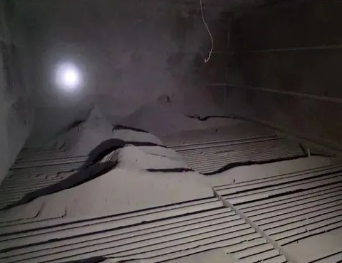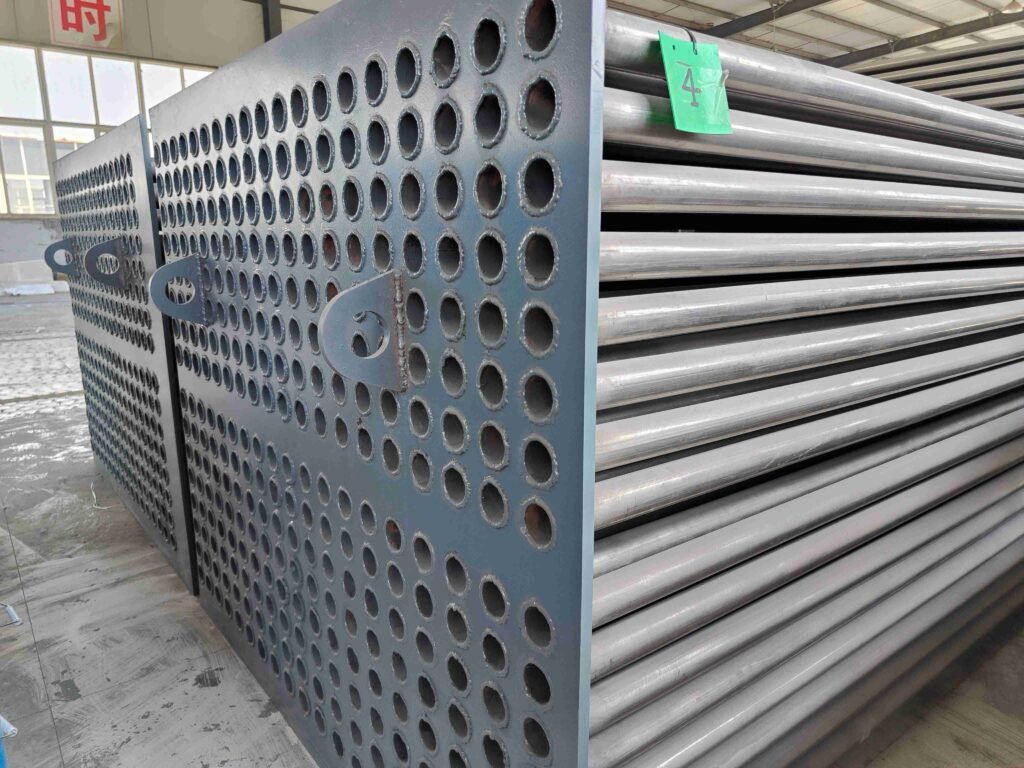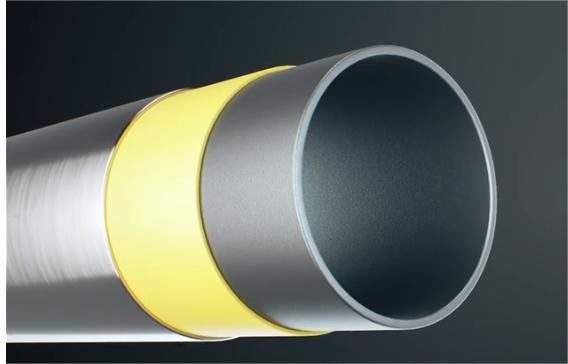Product and solution
Improve Tubular Air Preheater Efficiency
Designer, Manufacturer, Customize
What are the disadvantages of traditional air preheater for industrial boilers and other equipment?
Ash accumulation problem

- Ash accumulation is difficult to clean: Traditional air preheaters are prone to ash accumulation, and the ash accumulation is not easy to clean, which will lead to a significant decrease in heat exchange efficiency.
- Frequent shutdown maintenance: In order to remove ash accumulation, frequent shutdowns may be required for maintenance, which not only increases operating costs but also may affect production plans.
Limited energy efficiency improvement
- Limited heat exchange efficiency: Compared with the improved air preheater, the heat exchange efficiency of the traditional air preheater is lower and cannot fully utilize the waste heat of the flue gas.
- Poor combustion effect: The preheated air temperature is not high enough, resulting in incomplete combustion, increased fuel consumption and low energy utilization.
Insufficient material durability
- Poor corrosion resistance: The materials used may not have good corrosion resistance and are prone to damage when exposed to high temperature and corrosive gas environment for a long time.
- Short lifespan: Due to the limitations of materials and the use environment, the service life of traditional air preheaters is relatively short and requires more frequent replacement.
Limited application scenarios
- Poor environmental adaptability: Traditional air preheaters perform well in clean environmental conditions, but their efficiency drops rapidly in dusty or polluted environments.
- Limited applicable industries: Due to design limitations, traditional air preheaters may not be suitable for all industries, especially those with high requirements for heat exchange efficiency and air purity.
Emission standards are difficult to meet
- More pollutants: Due to low combustion efficiency and more exhaust emissions, air pollutants such as CO2 and NOx, may be generated, which do not meet modern environmental standards.
- High pressure for environmental protection transformation: As environmental regulations continue to tighten, companies may need to make expensive modifications to traditional air preheaters to meet new emission requirements.
Difficult system optimization
- Poor airflow distribution: Traditional air preheaters may not fully consider the optimization of airflow distribution in their design, affecting the overall heat exchange effect.
- Poor equipment coordination: The coordination with modern boilers and other equipment is not high, making it difficult to achieve the optimal operating state of the entire system.
Benefits of improved air preheaters for industrial boilers and other equipment
Improve energy efficiency and reduce operating costs
Improve heat exchange efficiency
- Improved air preheaters (such as elliptical tube air preheaters) can more effectively recover flue gas waste heat and reduce energy losses.
- Optimized design (such as saw-vibration ash cleaning devices that improve airflow distribution) can improve overall heat exchange performance and reduce fuel consumption.
Reduce energy consumption
- By providing more effective preheated air, the additional energy required for boiler combustion can be reduced.
- In the long run, this energy-saving performance can save customers a lot of energy costs.
Enhance system reliability and stability
Reduce failure rate
- The use of durable materials (such as rare earth alloy composite tubes) and advanced technologies (such as weld cutters) can reduce equipment failures caused by wear or corrosion.
- The improved equipment is more adaptable to changing working conditions and different environmental conditions, reducing the risk of unexpected downtime.
Extend service life
- High-quality materials and designs (such as stainless steel composite tube air preheaters) increase the corrosion resistance and durability of the equipment.
- Equipment with a long service life can reduce the frequency of replacement and reduce long-term maintenance costs.
Meet environmental protection requirements
Reduce emissions
- A more efficient combustion process reduces the emission of possible pollutants, such as CO2 and NOx.
- Complying with the emission requirements of environmental protection regulations provides a guarantee for the sustainable development of the enterprise.
Green energy saving
- The improved air preheater helps to achieve green production and enhance the image of corporate social responsibility.
- The achievements in energy saving and emission reduction can obtain policy rewards or subsidies, increasing additional economic benefits.
Improve the flexibility of the production process and optimize performance
Coping with diversified fuels
- The improved air preheater can better adapt to different types of fuels and provide the possibility of using a variety of fuel blends.
- This adaptability makes the production process more flexible and can choose the most suitable energy according to market and cost considerations.
Optimize the production process
- Ensure the stability and efficiency of the combustion process by providing a constant and optimized air flow.
- Stable process conditions help improve product quality and production efficiency.
In summary, improving air preheaters is not only about improving economic benefits and reducing operating costs, but also closely related to system reliability, environmental standards, and production process optimization. These improvement measures help companies adapt to increasingly stringent environmental regulations and maintain their advantages in a highly competitive market.




